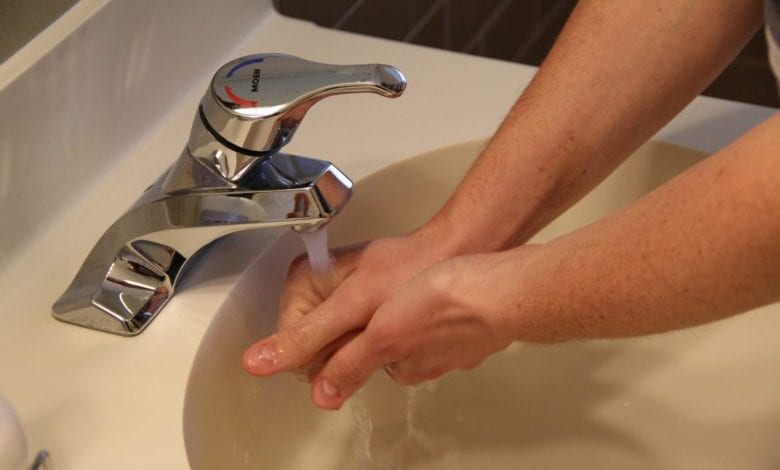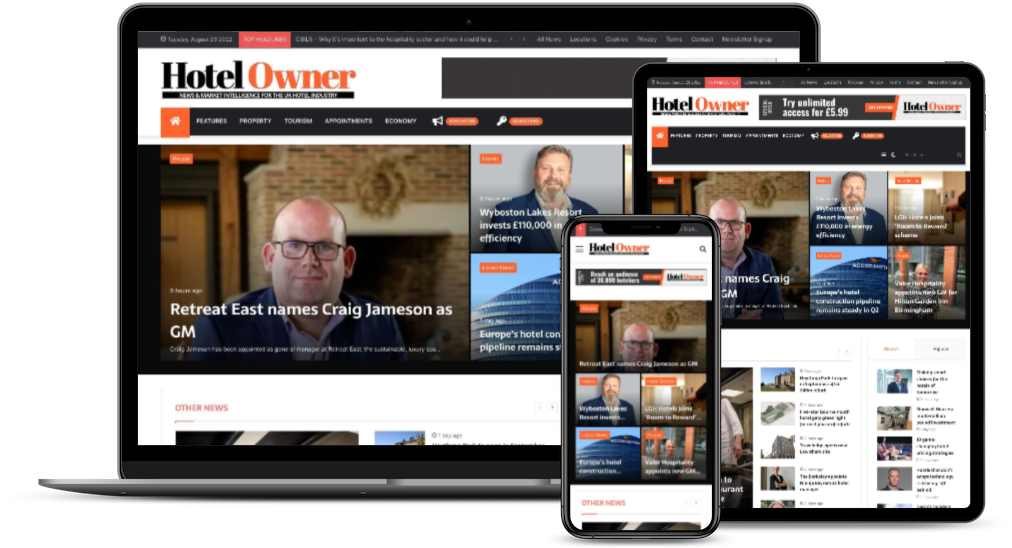
If you are the hotel manager, maintenance manager or property owner you have a legal responsibility and accountability to ensure that occupiers of your premises are suitably protected from water safety risk. You may have appointed, or been appointed as, the Responsible Person.You'll need to
subscribe to unlock this content. Already subscribed? Login?







